Table of Contents
History of Maxart
Thanks to Ronald Wilson for this history of Maxart. (Sorry Ron, but you spelt casein wrongly on these notes from the back of sample cards!)
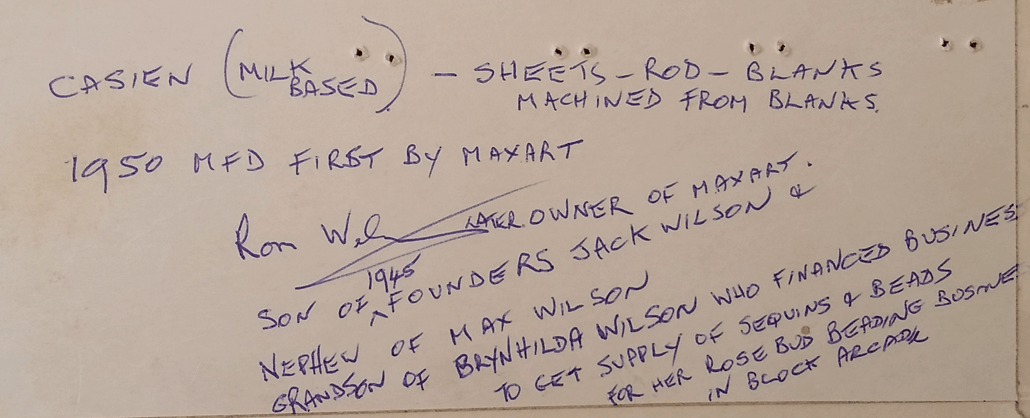

John (Jack) Frederick Wilson (1916-1992) was an industrial chemist. After the war Jack went into business at Maxart Productions with his brother Maxwell Henry Wilson (1918-1980). Maxwell had established the company to supply his mother’s Block Arcade business (Rosebud Frock Decorators) with sequins & beads around 1947.
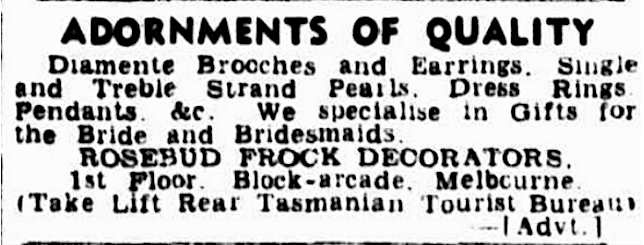
The Age, 19th March 1946 page 3.

The Argus (Melbourne), 11th January 1947 page 33

The Argus, 10th October 1953 page 28.
The company diversified into the manufacture and importing of buttons. Jack was successful in developing the business further by dyeing buttons to the latest fashion colours. Max then developed the packaging of buttons in tubes which better satisfied the display needs of button retailers for display purposes as well as allowing consumers to buy just the quantity of buttons that they required. The idea was quickly adopted and is still a popular button display method worldwide.
Sometime after July 1958 Maxart took over the Bijou Button and Buckle Manufacturing Company.
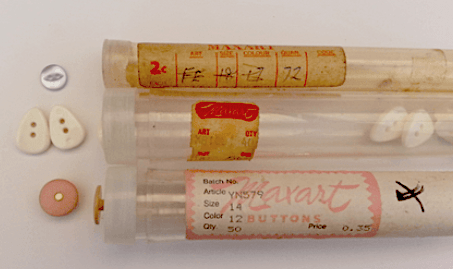
Tubes from different eras.
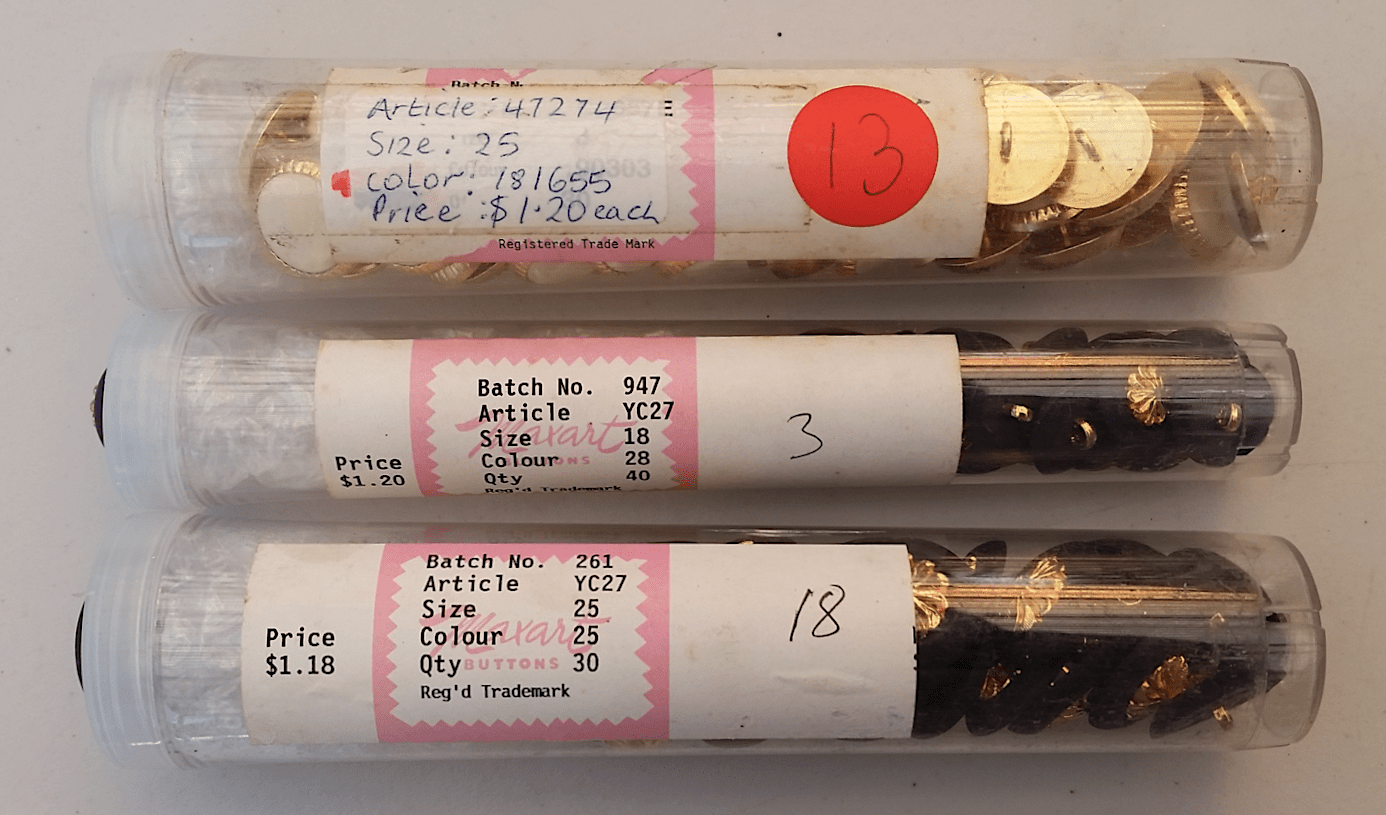
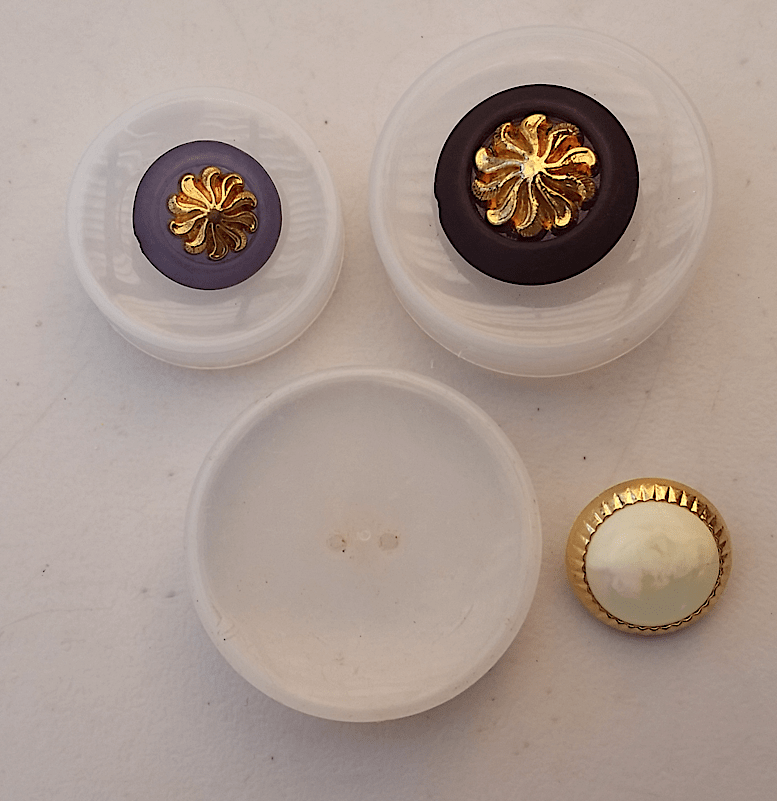
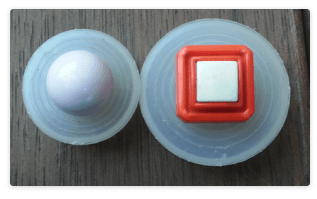
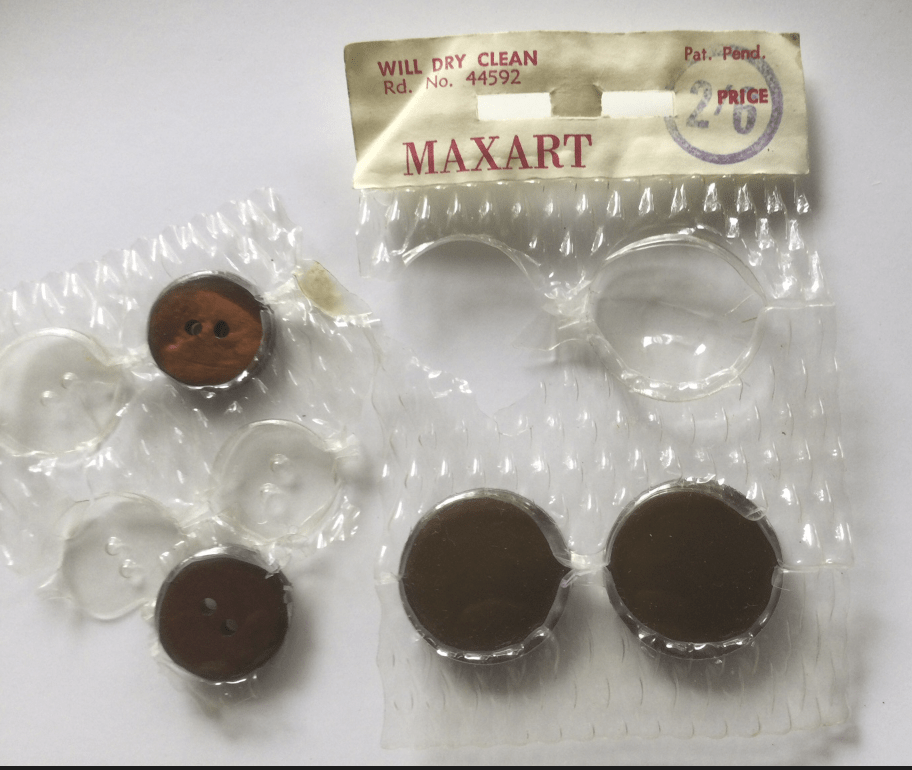
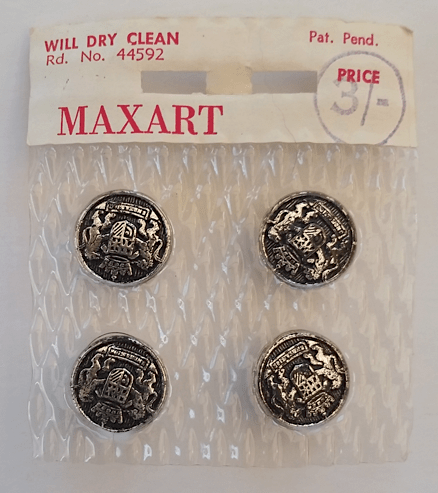
Maxart became the major manufacturer of fashion buttons to Australian retailers including Myer as well as specialist wool and fabric stores. Later Jack’s three sons joined the business. They diversified the company’s product range. Maxart Plastics Pty. Ltd. introduced injection moulding with Frank Lenthall, to manufacture Nylon and ABS Plated buttons. Brian and Alan Wilson diversified the company further into women’s belts then introduced a highly successful range of jewellery quality buttons imported from overseas. Ronald later bought out the Maxart companies from the family.

Commonwealth of Australia Gazette, 1987, page 2634. This shows how the company had diversified.
In the Victorian Public Archive it is noted that Maxart applied to extend the factory in 1957, and again in 1964 to extend and repair after fire damage. Maxart was in liquidation from 1988. The removal of tariffs on garment imports had dramatically reduced demand for buttons in Australia from industry and individuals.
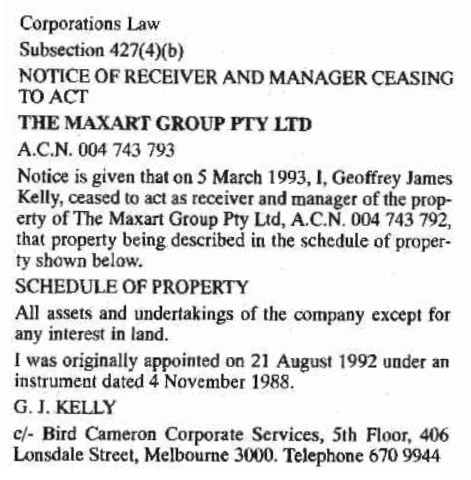
Commonwealth of Australia Gazette. Business, 23rd March 1993 page 924.
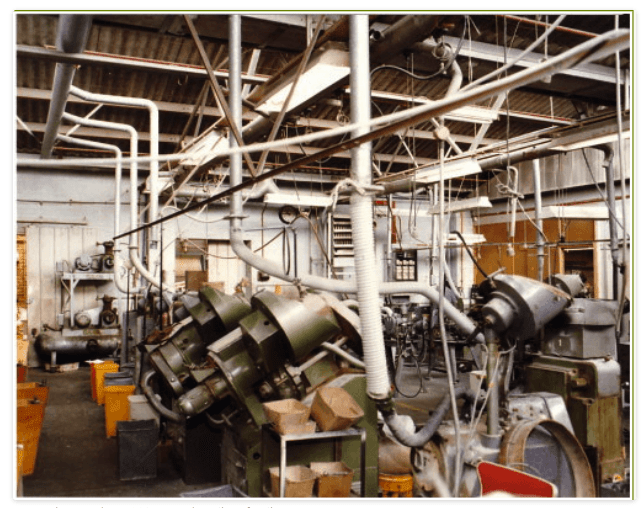
Maxart button plant 1980. From the Wilson family tree on Ancestry.com, with permission.
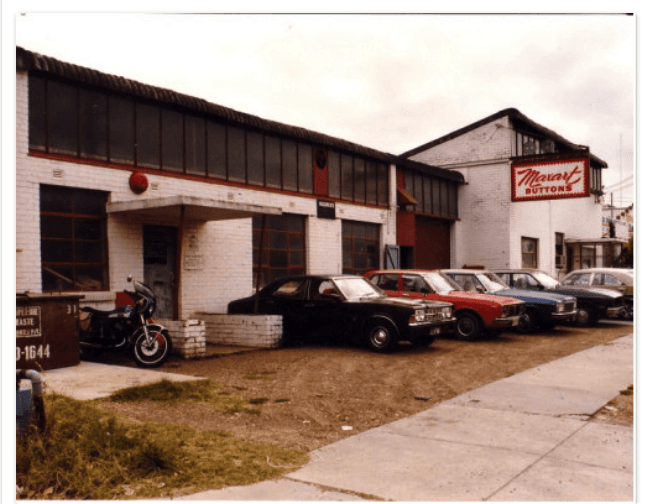
Maxart Buttons in Cheltenham, Melbourne, Victoria. 1980. Photo used with permission.
The art work on the cards varied over the years. The eras have been guessed from the prices.
Button Examples
Possible 1940-60s
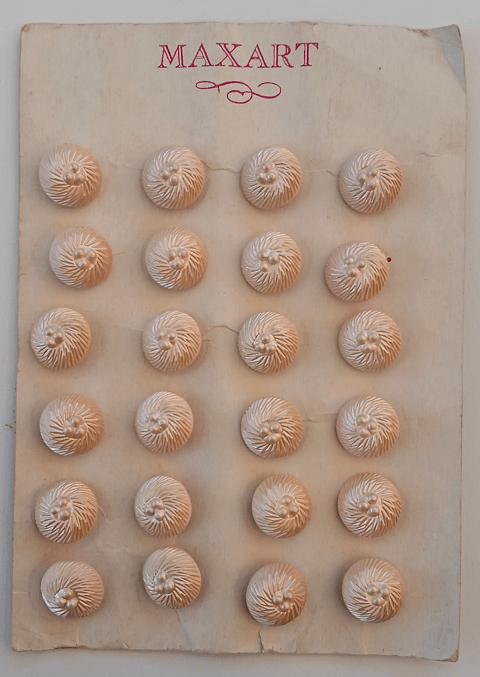
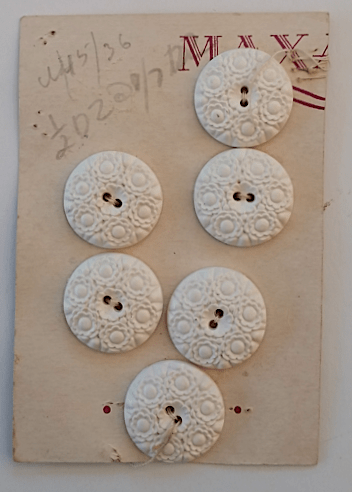
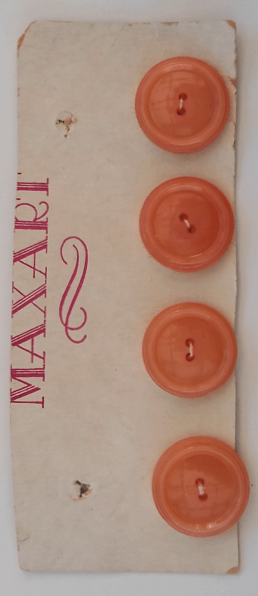
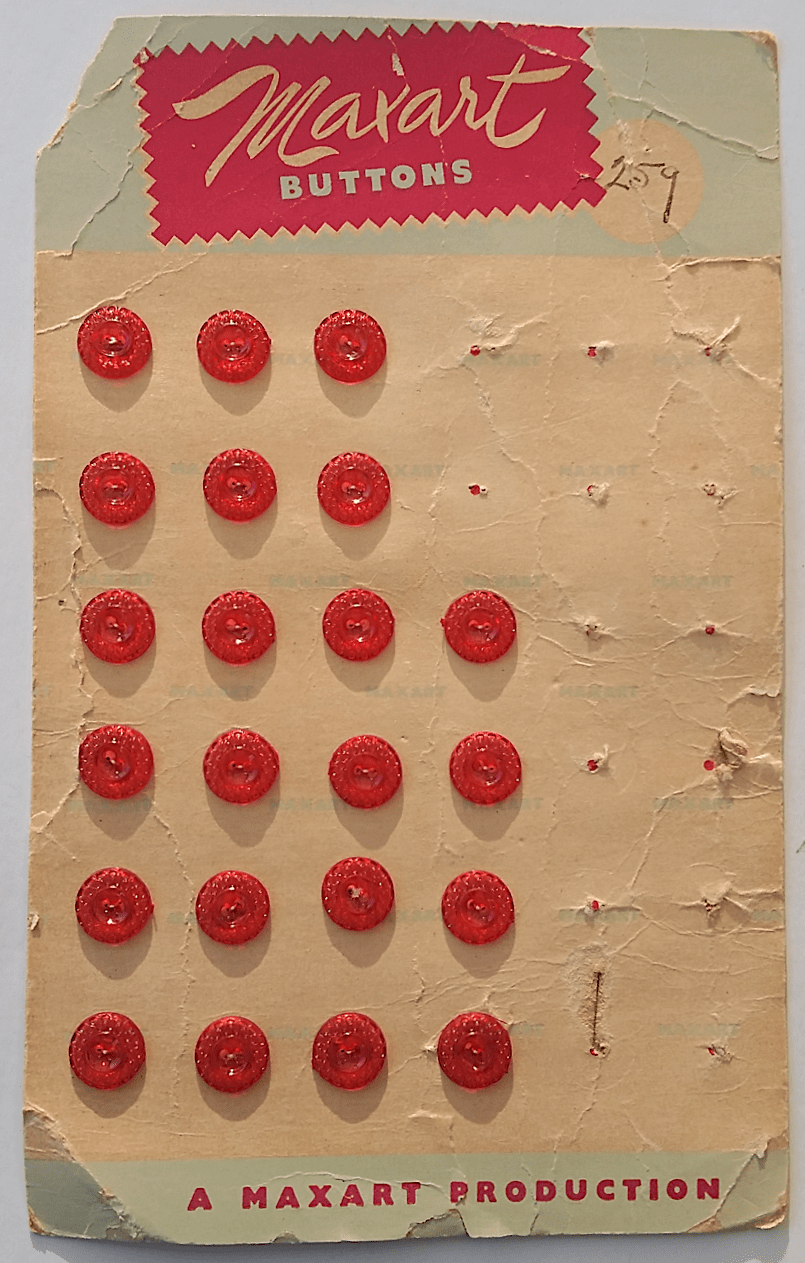
Examples found on Maxart card remnants:
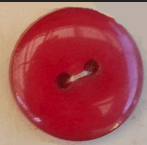
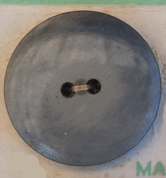
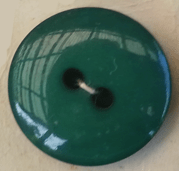
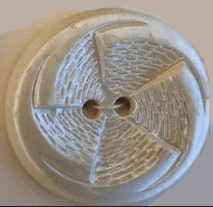
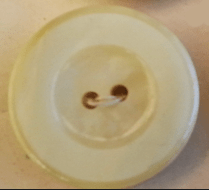
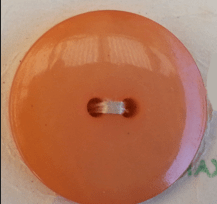
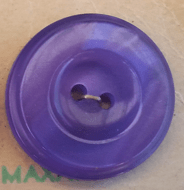

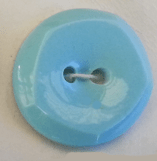
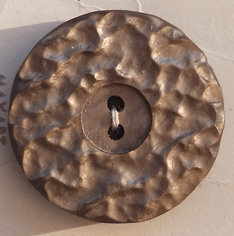

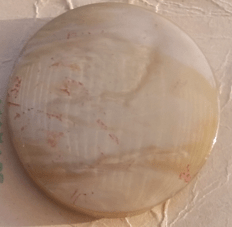
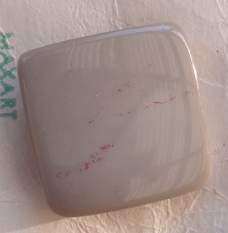
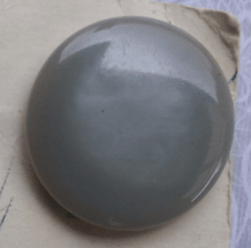
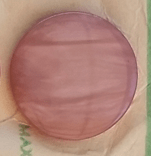
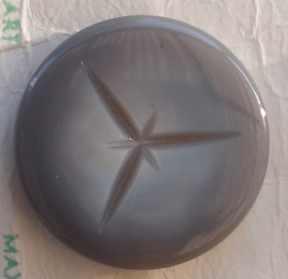
Mid 1960s
The card size is smaller. Notice that one card has the dual pricing that was used only from 1966-1967; the other show decimal only. The printing of the name ‘Maxart’ is inconsistent.

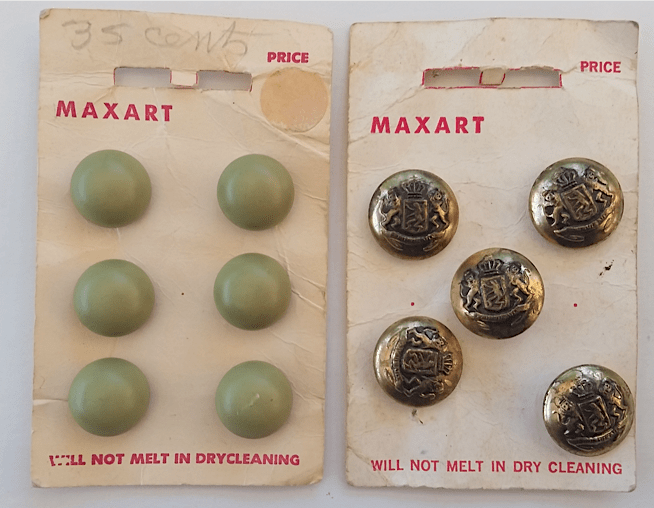
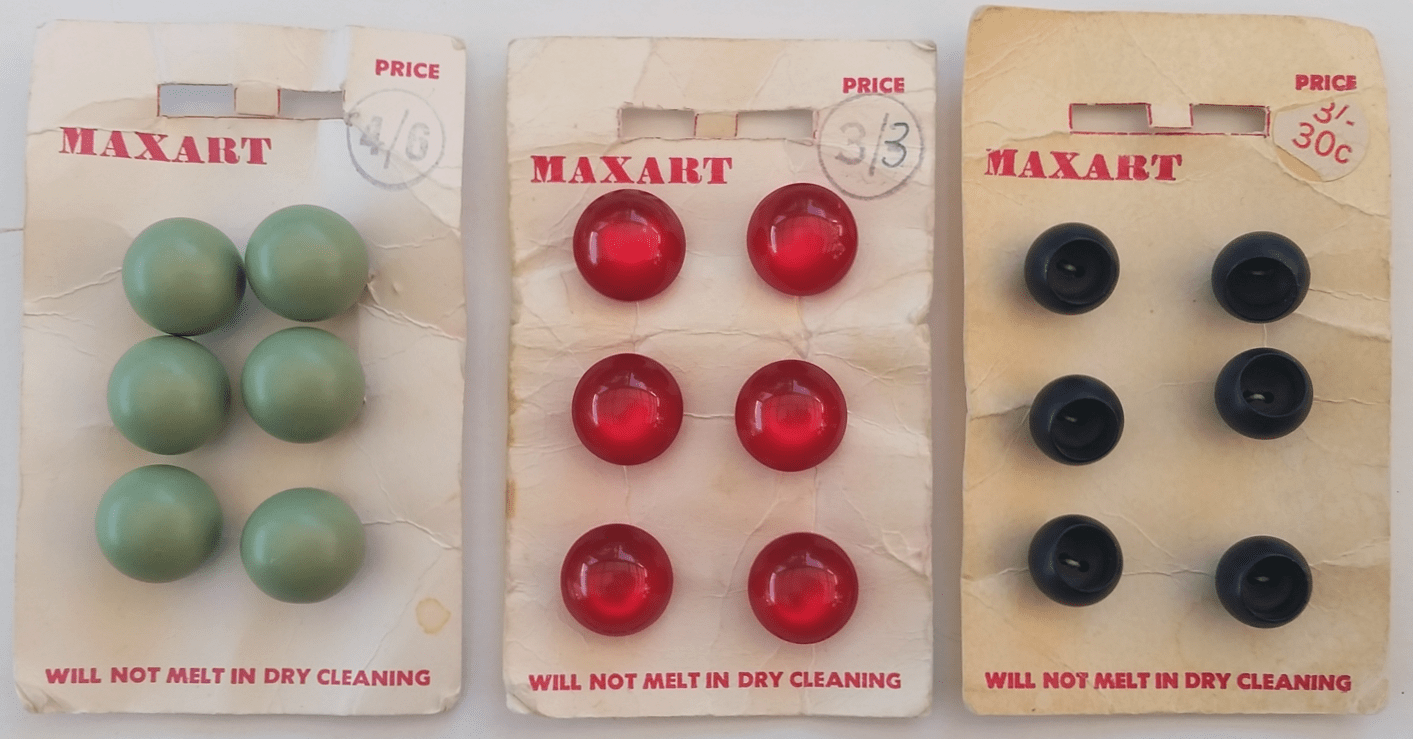
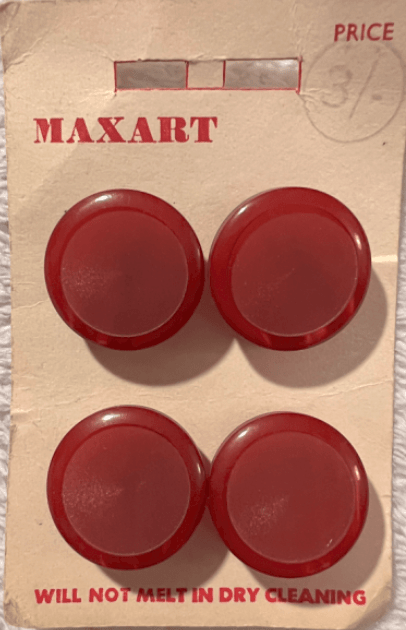
Late 1960s-mid 1970s
The pricing is now decimal only, and the art work has changed. One only card has pink on black instead of pink font: did they run out of ink?
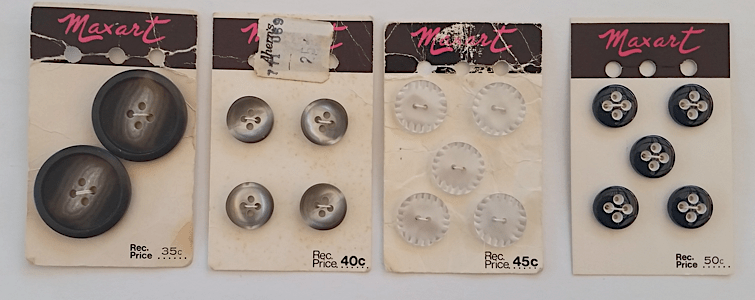
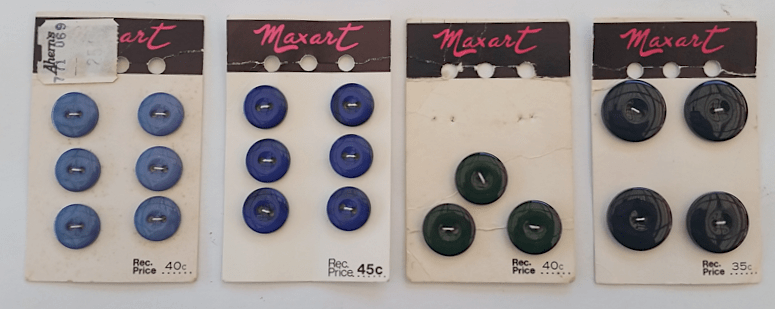
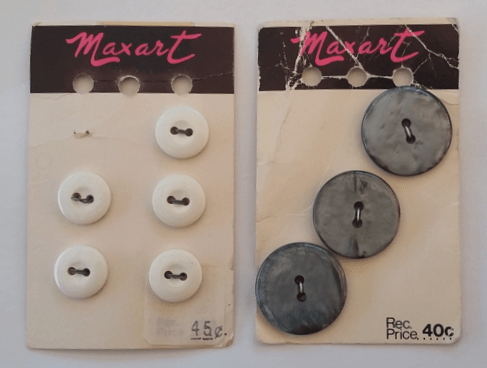
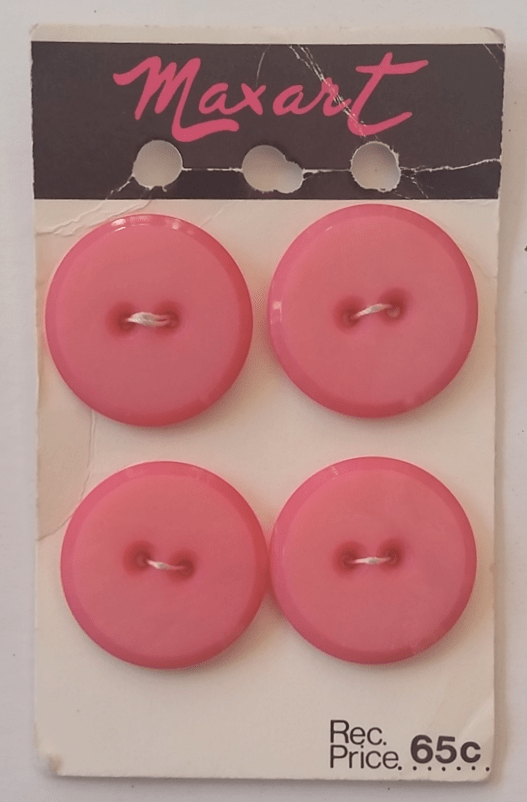

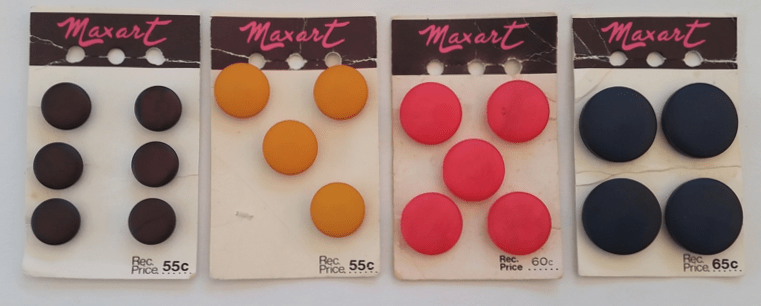
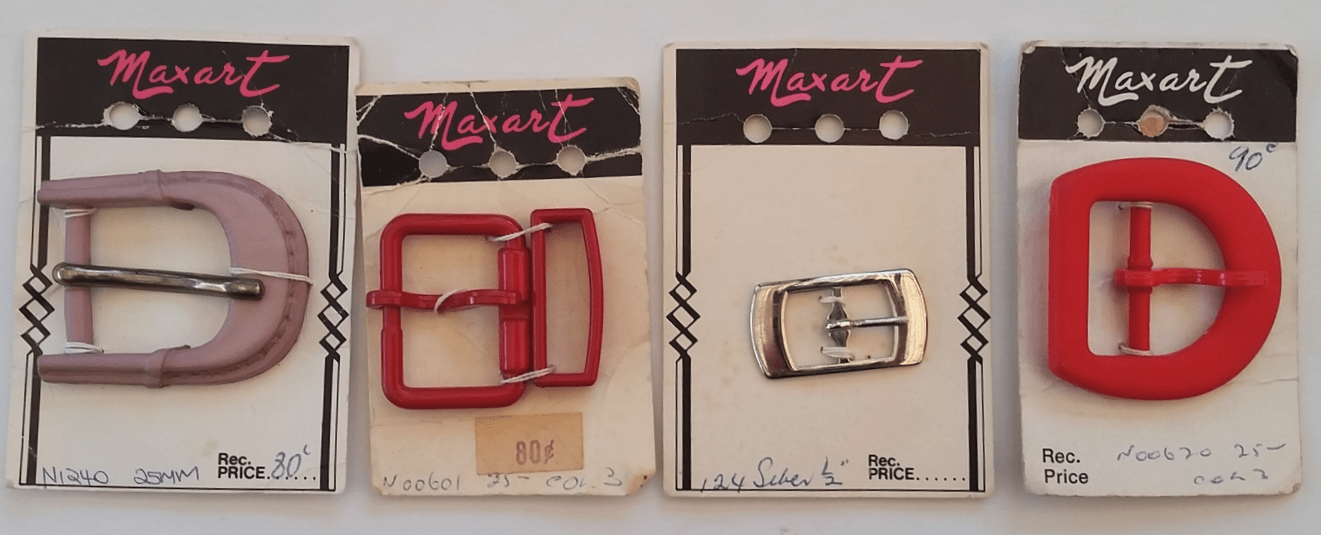
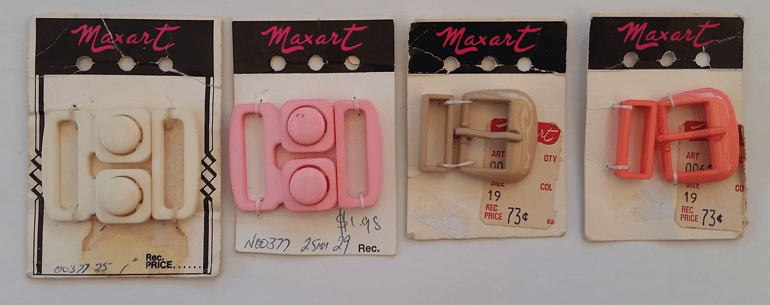
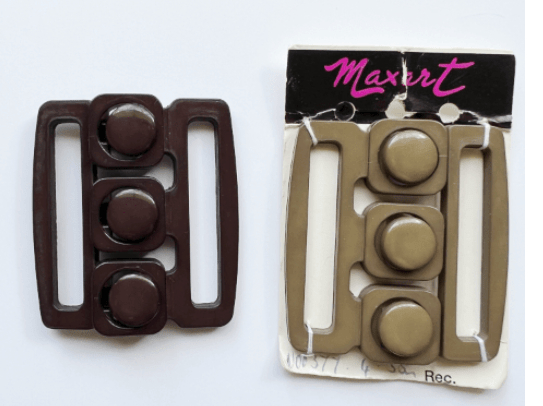
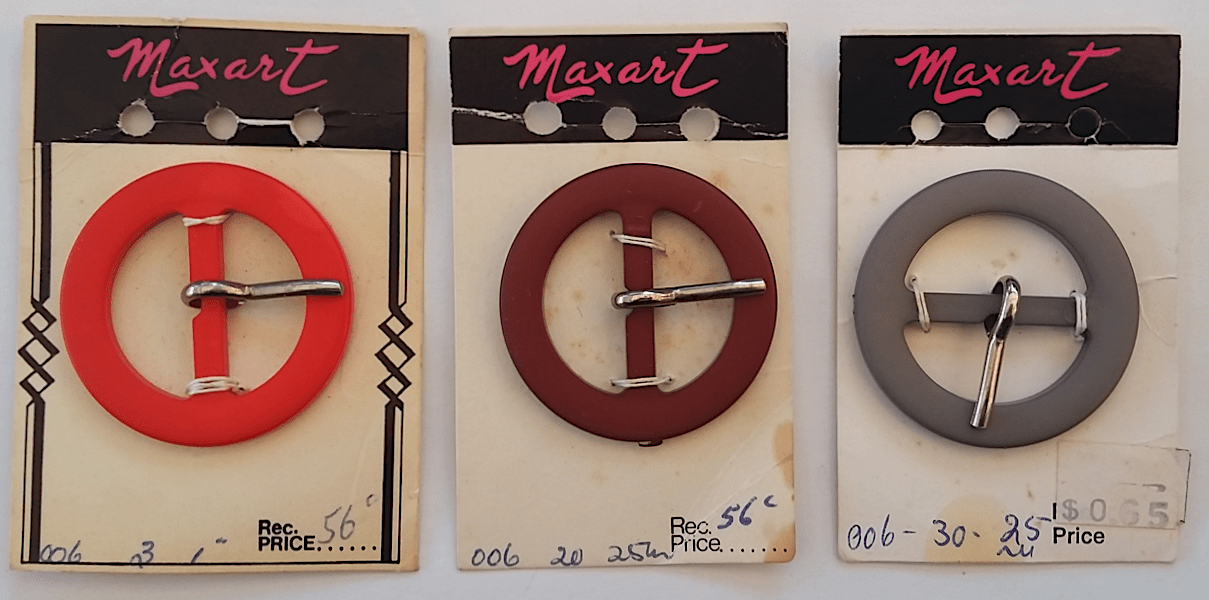
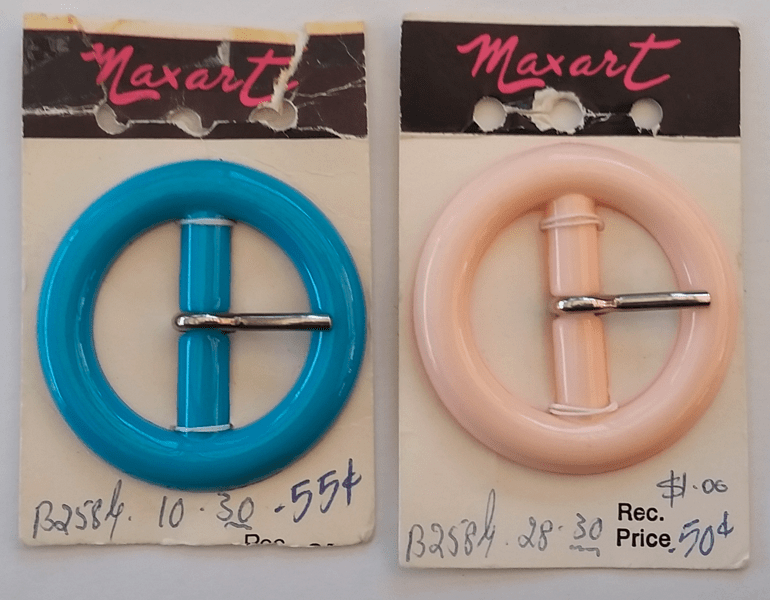
Mid 1970s-1980s
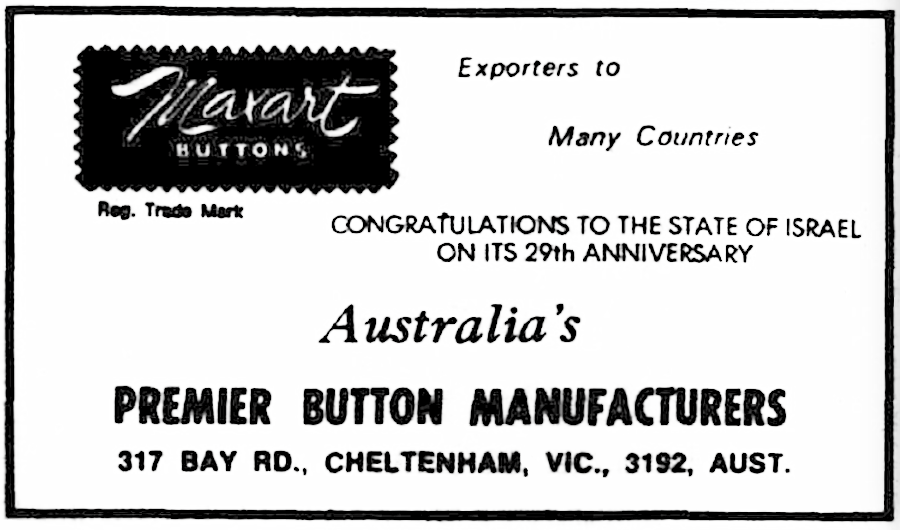
The Australian Jewish News (Melbourne), 15th April 1977 page 44.
The card design returns to the pink rectangle with the zig-zag edging. Possibly all the metal examples were imported. Earlier examples had the pricing printed on the bottom. Later examples had a bar-code and pricing stickers adhered to the back instead.
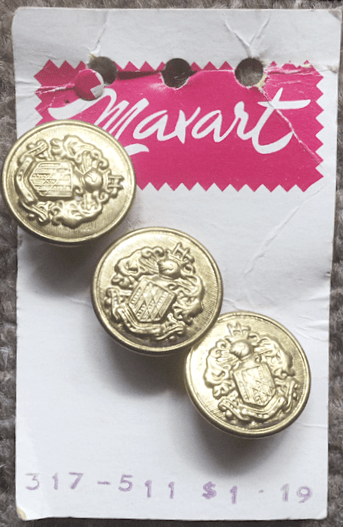
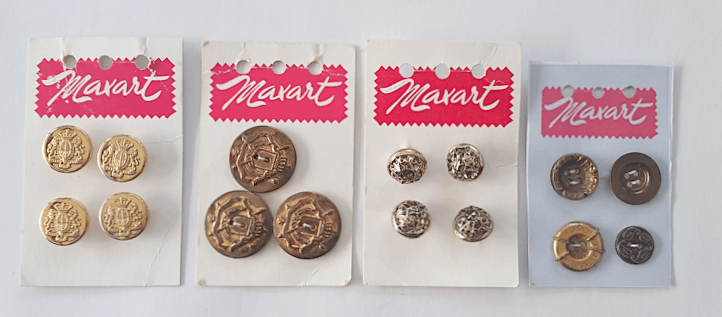
The reproduction card on the right shows examples of metal buttons (presumably) imported by Maxart.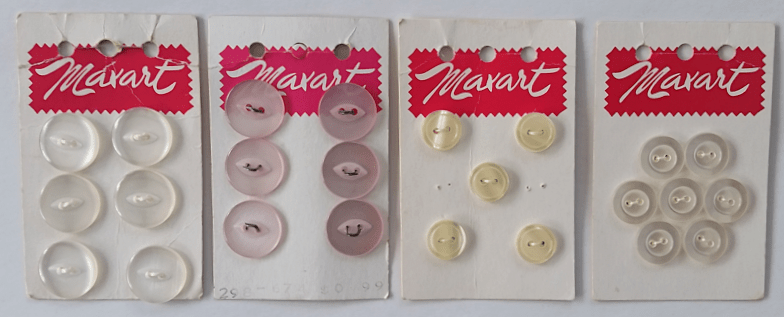
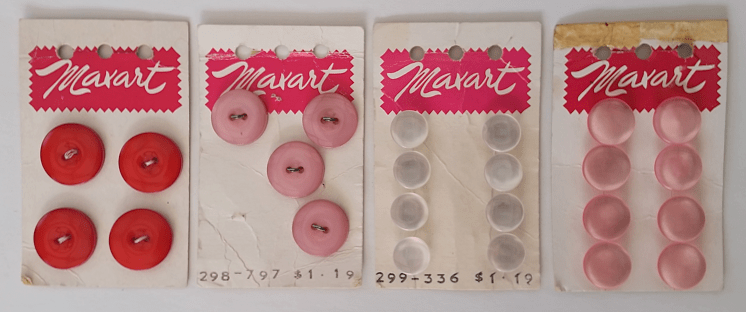
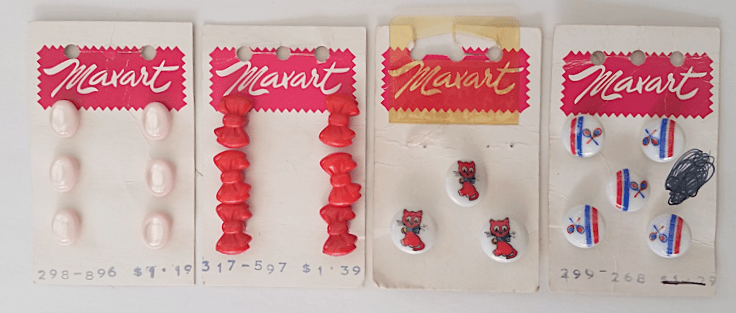

Sample cards
Note that the cards are numbered, which helps with dating. The American Bicentennial card’s number, however, does not seem to be in sequence with the others. It dates to 1976. Note that Maxart had a cross promotion with Totem Wool.
Early 1970s
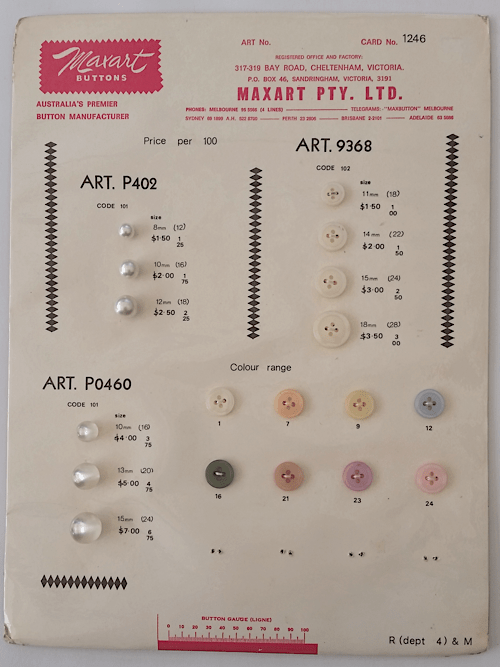
1976
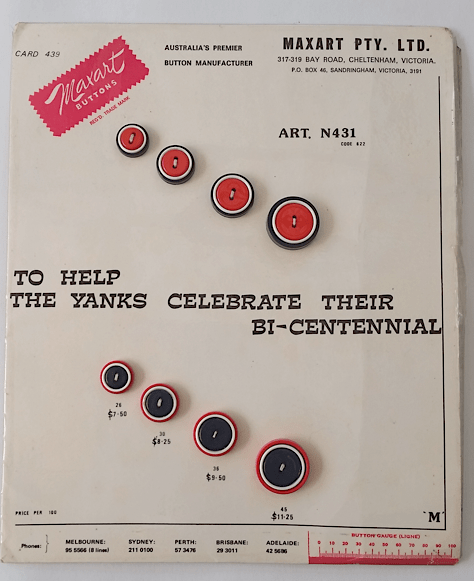
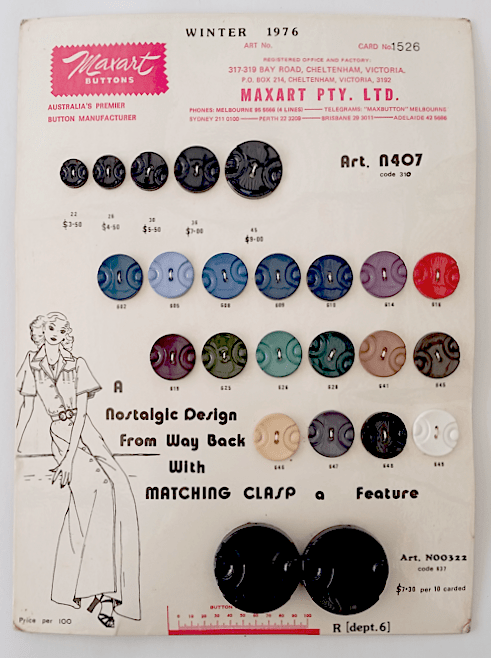
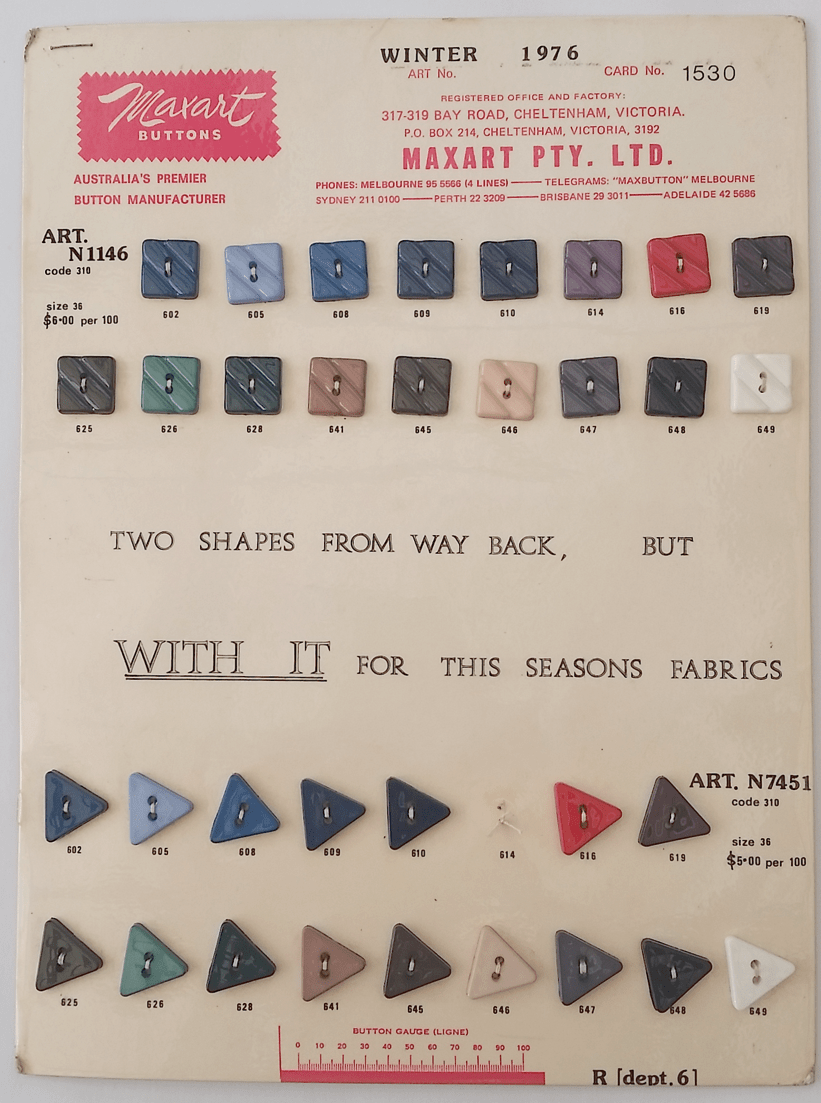
?1976-8 partial card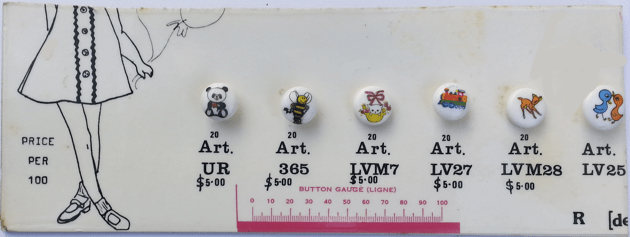
1977
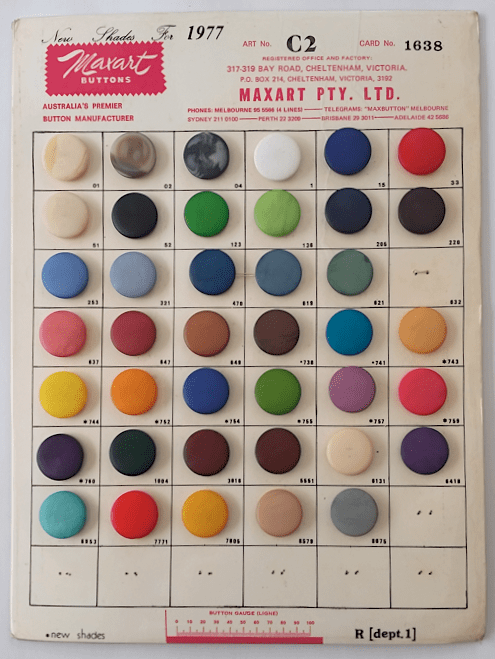
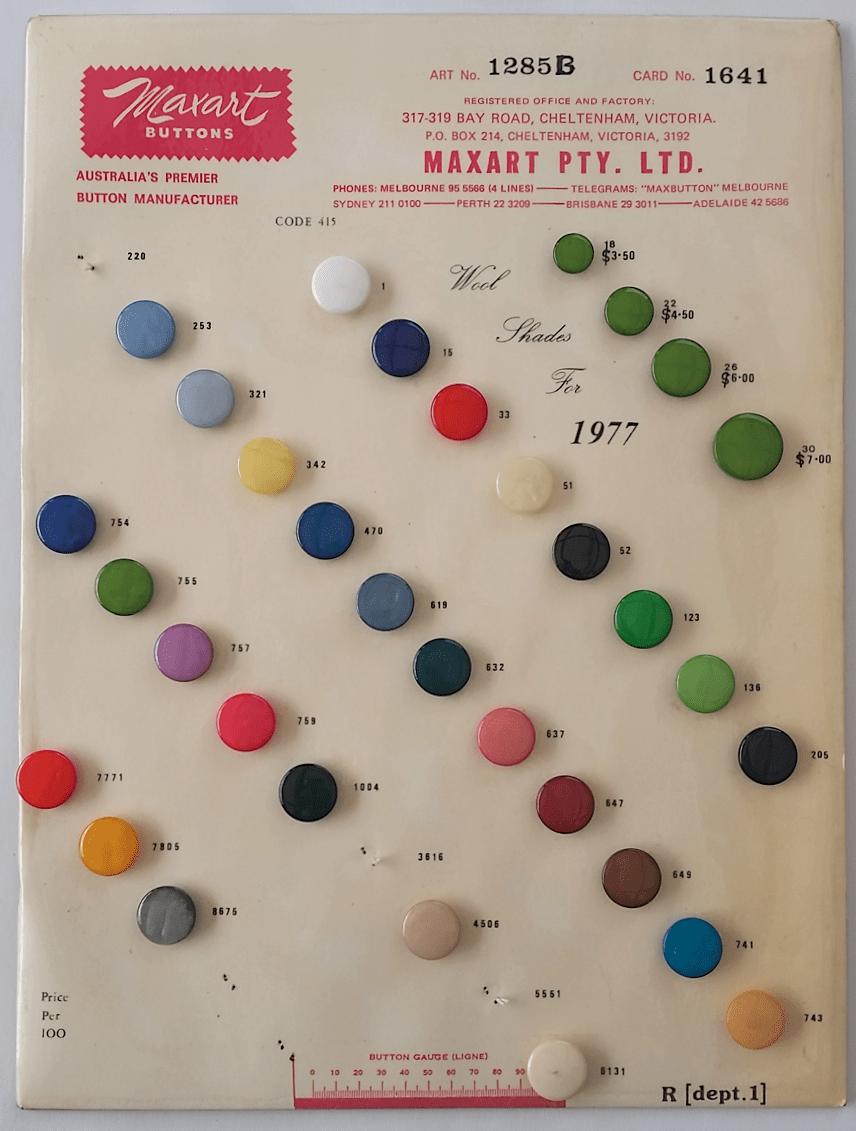
1978
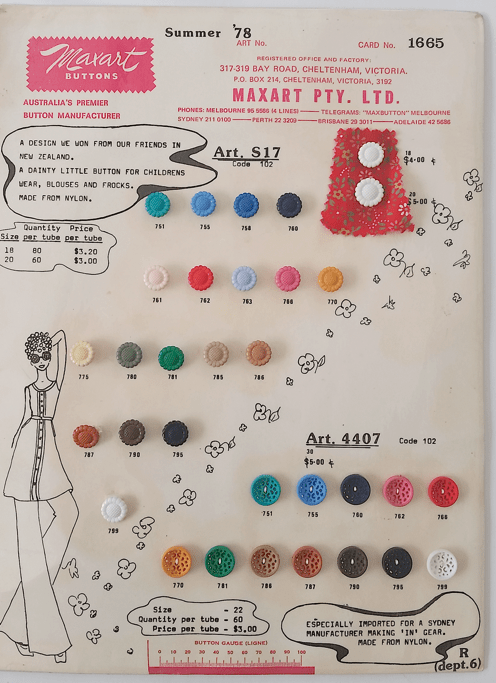
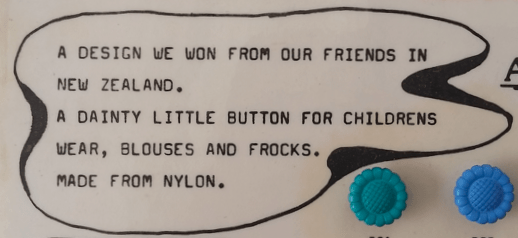
Detail from card #1665 above.

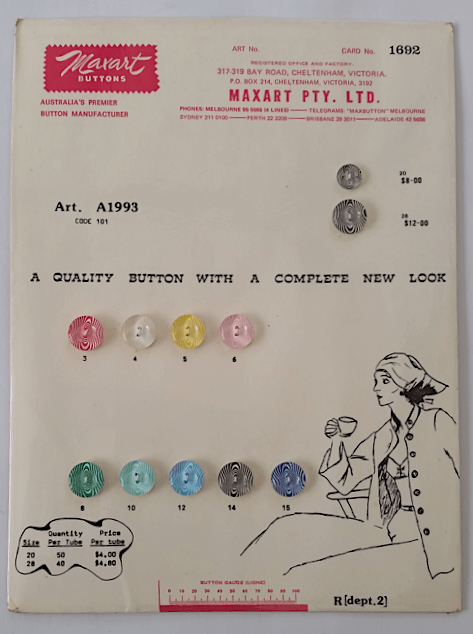
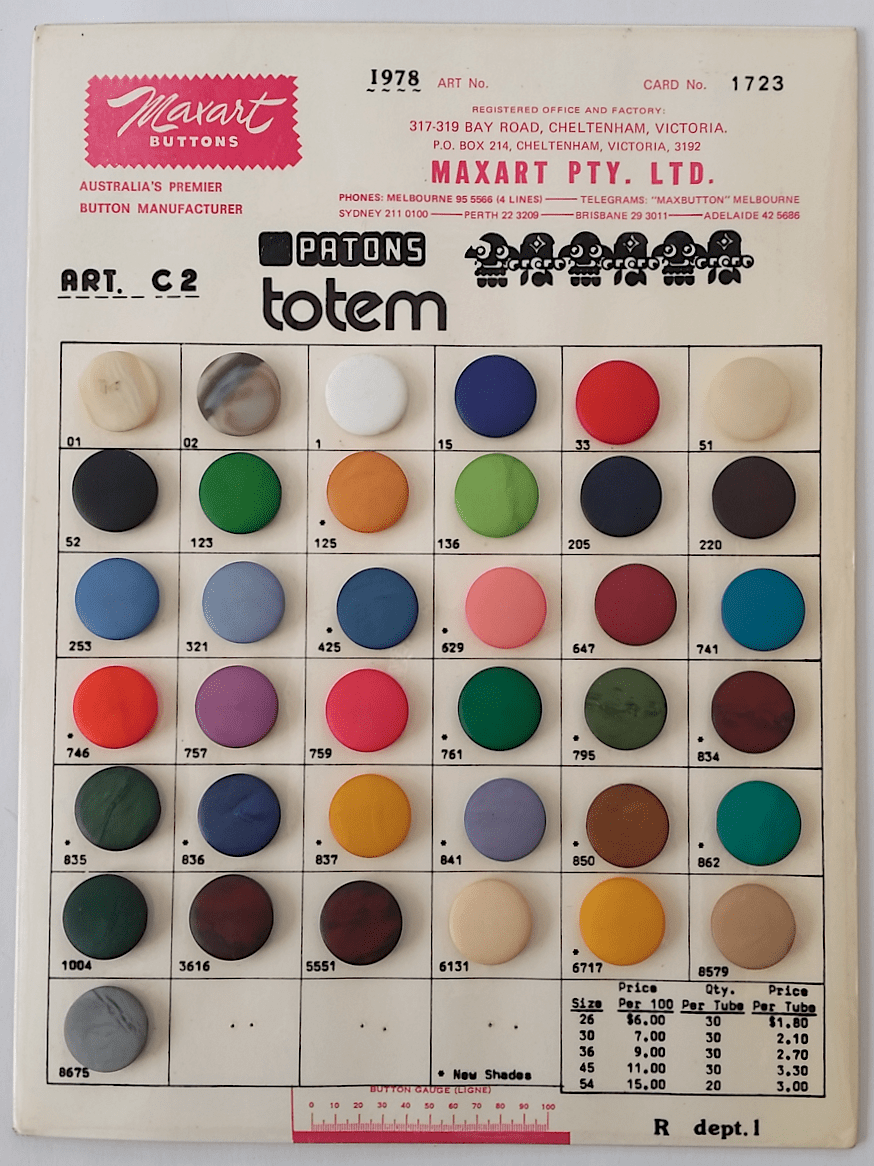
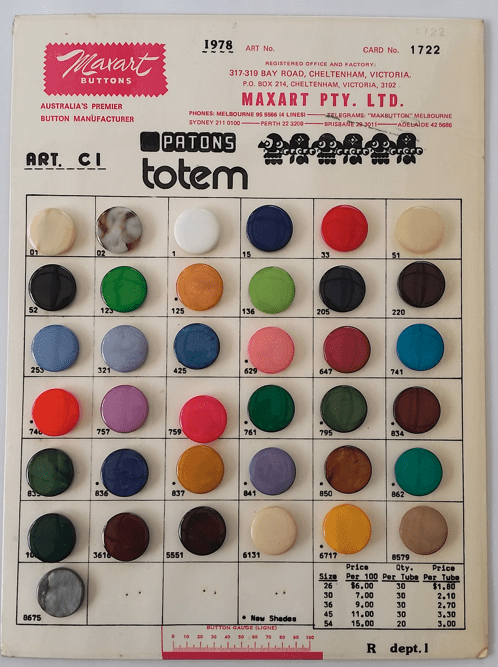
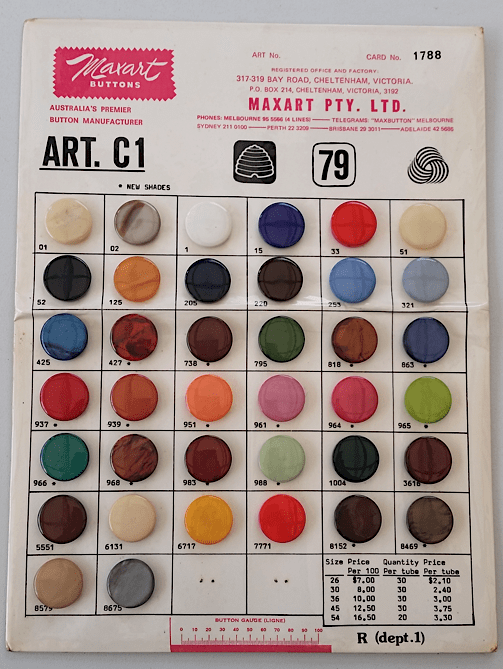
Gloss version above, matt below, of the same buttons.
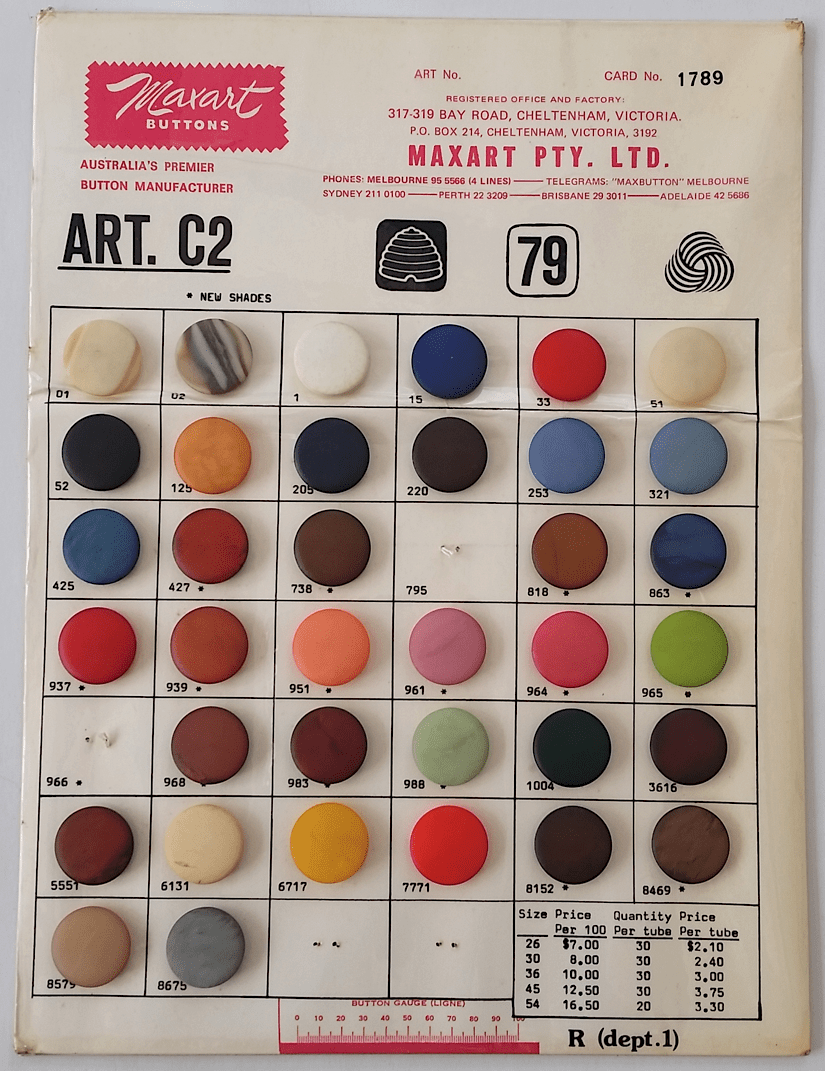
1980
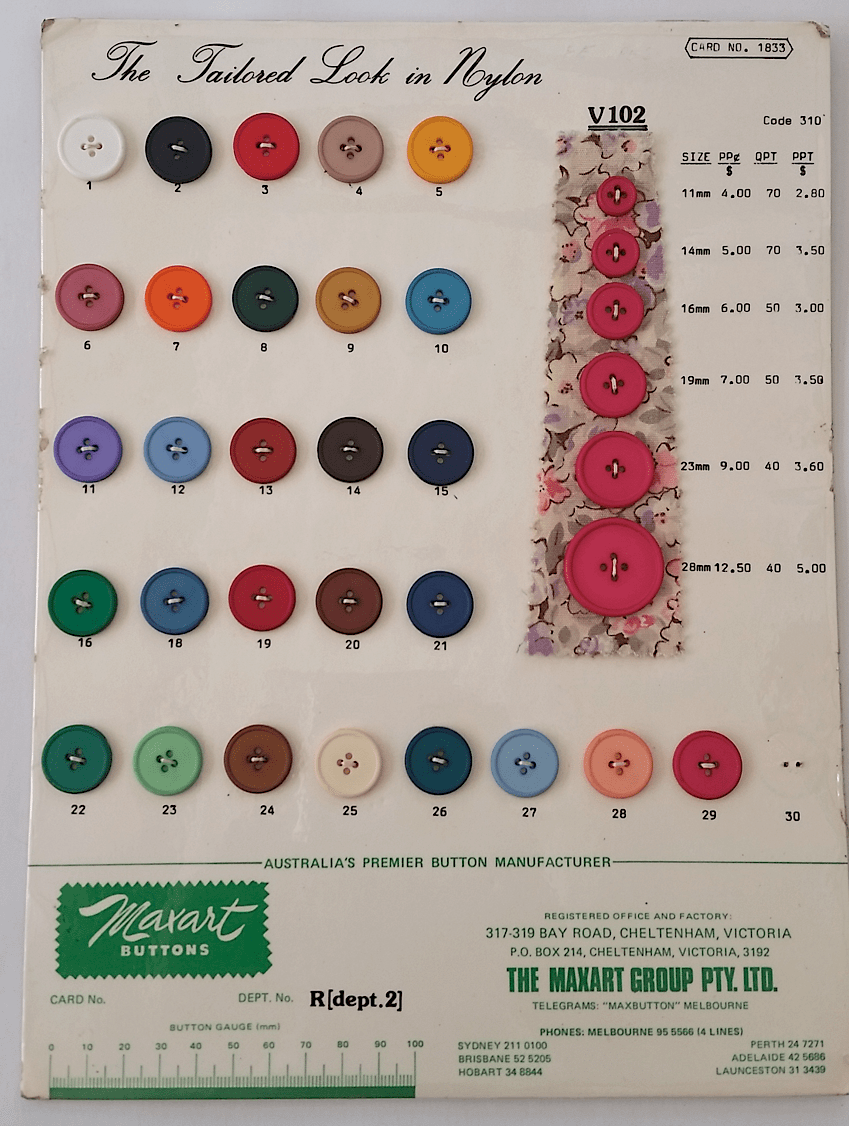
1981
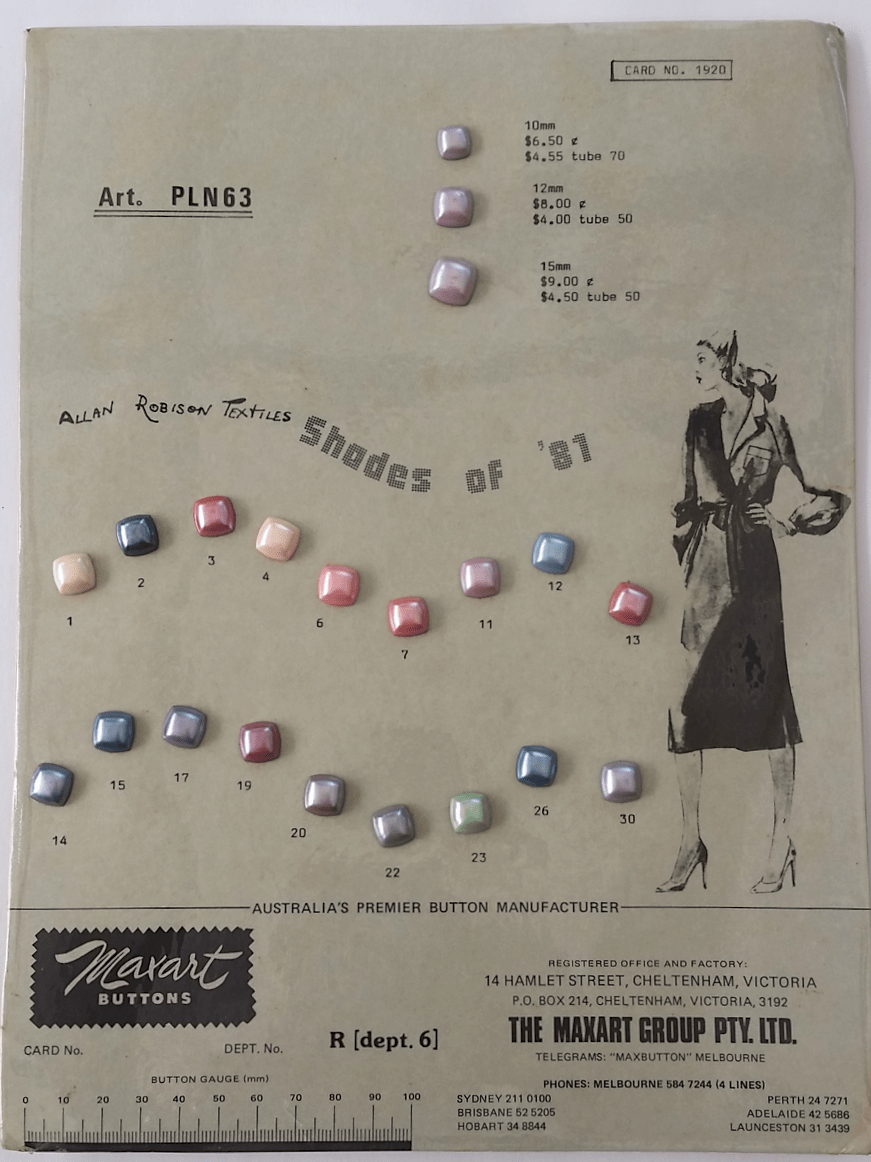
1982

READER CONTRIBUTIONS
Hi. my name is Paul Nugent. I worked at Maxart back in the 80’s when Jack was alive and my boss was Frank Lenthal. I was sacked in 83′ (I think). The business was going down the tubes. Frank really regretted letting me go but he had no choice, things were just too tight. I was there when one of the Wilsons passed away but I can’t remember which. I was the toolmaker there. I used to get the plastic injection dies ready and I did the maintenance to them.
I do have very fond memories of Maxart. Jack was the nicest bloke and he always thought it was hilarious when he would say (or I would say) “hell of a lot of weather we are having!” I liked Frank too. Bit of a hard nose at times but he was the manager after all. I remember one of the guys over at the die factory across the road coming over and saying “We’ve lost Depict!” Depict were a large customer at the time. It was something about the quality of some of the nylon buttons but I think there was more to it at the time, there was a lot of pressure due to the economy failing. We had issues as the dies were getting older and sometimes it was hard to get them running well, mismatch was a big problem where the two halves of the die would not line up properly and you would get quite bad mismatch. The Injection machine moulder/die setter operator was a gent by the name of John Hill. I believe he lived down past Frankston. Jack ran the Casein button division, Casein is like an organic material derived from Milk products I believe.
